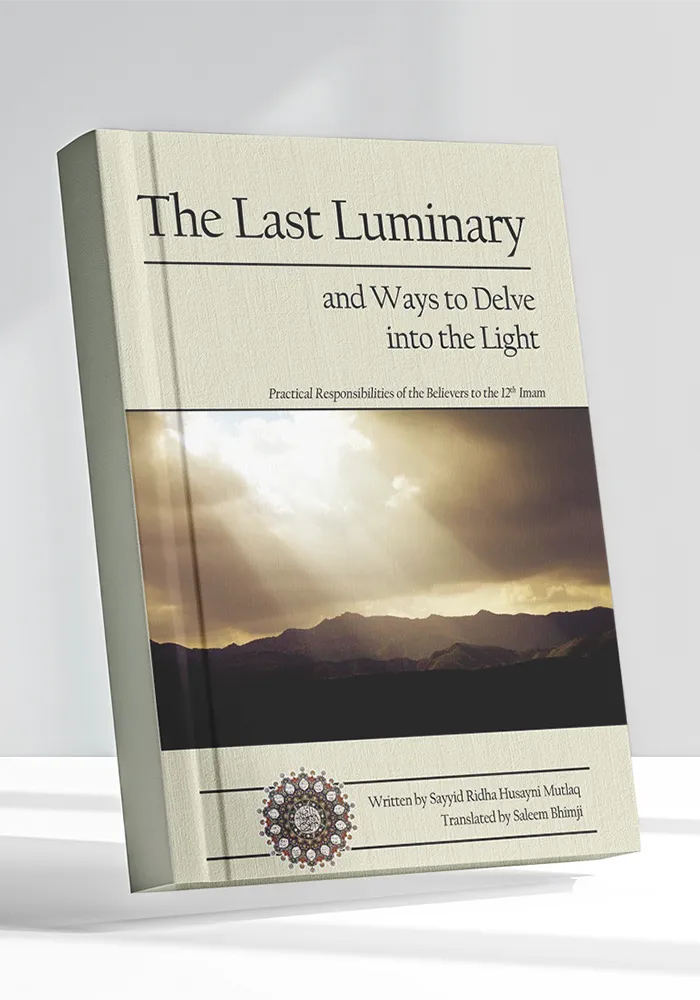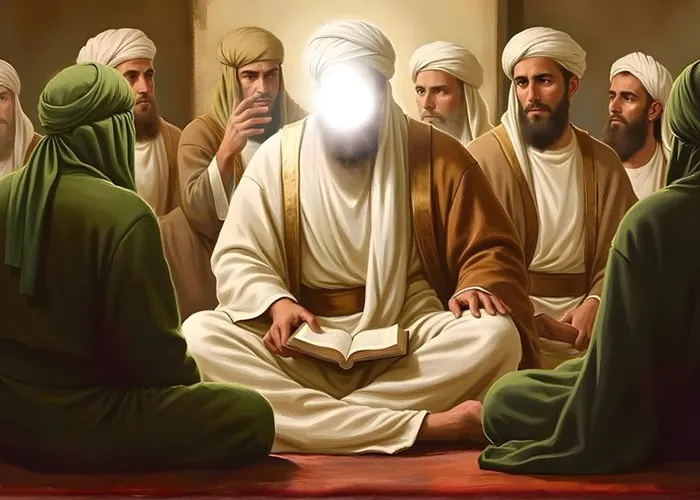The Last Luminary and Ways to Delve into the Light
The Last Luminary and Ways to Delve into the Light
The Last Luminary and Ways to Delve into the Light, authored by Sayyid Ridha Husayni Mutlaq and translated into English by Saleem Bhimji, is a profound and thought-provoking book that explores the concept of Imamate, particularly focusing on the Awaited Saviour, Imam al-Mahdī (ajtf). Through an intricate blend of theological discourse, spiritual guidance, and historical analysis, the book offers an enlightening perspective on how believers can connect with the Imam of their time and prepare for his reappearance.
One of the most compelling aspects of the book is its structured approach to understanding the role of the Twelfth Imam. Rather than merely presenting a theoretical framework, the author engages the reader with practical steps on how to develop a meaningful relationship with the Imam and align one’s life with his mission. The book discusses various ways to “delve into the light,” which can be understood as immersing oneself in spiritual practices, self-purification, and social activism rooted in Islamic ethics.
The theological discussions in The Last Luminary are deeply rooted in traditional Shia sources, drawing upon Qur’anic verses, ahadith, and scholarly opinions. Sayyid Ridha Husayni Mutlaq meticulously presents the evidence for the necessity of a living Imam, refuting common misconceptions about the occultation and the absence of direct communication with him. This is particularly important in an age where many struggle with doubt and spiritual disengagement. The book serves as a reminder that the occultation does not mean disconnection; rather, it is a test of faith and perseverance.
Another strength of this book is its accessibility. While it is rich in scholarship, it does not alienate the general reader with overly complex terminology or dense theological arguments. Instead, the author presents the material in a way that is engaging, reflective, and applicable to daily life. Readers will find practical advice on how to strengthen their bond with the Imam through acts of worship, community service, and maintaining steadfastness in times of difficulty.
However, one possible limitation is that the book assumes a foundational understanding of Shia eschatology. While it provides an excellent exploration of the subject, readers unfamiliar with basic Shia theology may require additional context. Nonetheless, this does not diminish the book’s value, as it serves as a guide for those who wish to deepen their spiritual connection with the Awaited Imam.
In conclusion, The Last Luminary and Ways to Delve into the Light is an essential read for anyone seeking to enhance their understanding of Imam al-Mahdī (ajtf) and their own role in his awaited mission. Authored with depth and sincerity, it is both an academic and spiritual journey that inspires hope, dedication, and a renewed sense of purpose.
editor's pick
news via inbox
Subscribe to the newsletter.




